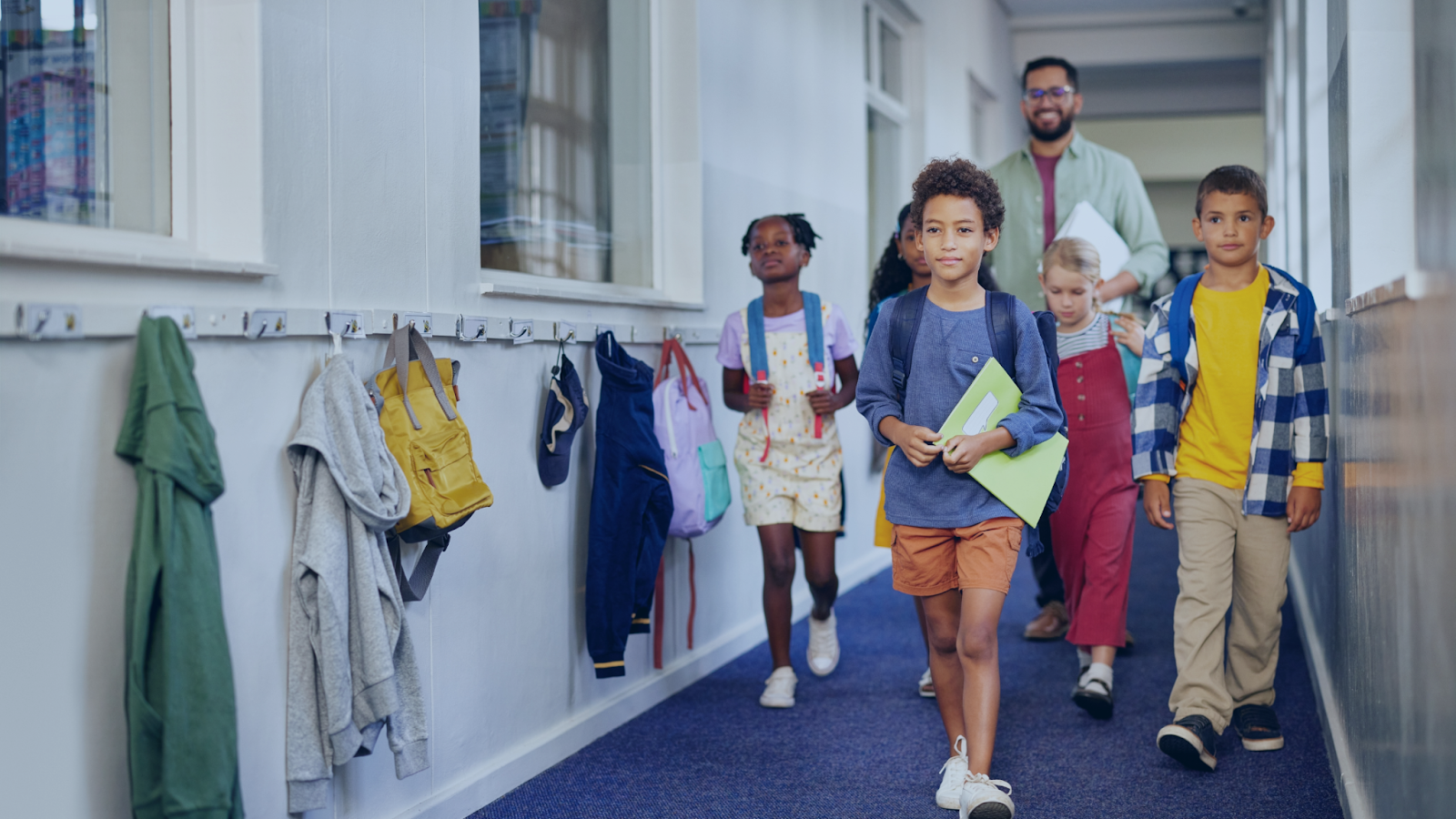In February, we shared a vision for what’s possible when a city commits to aligning its systems around the success of children, youth, and families. With the launch of the Mayor’s Office of Children, Youth, and Families (MOCYF), Tulsa entered a new era of collaboration—one that centers coordination, shared accountability, and structural change over short-term fixes.
Read Part 1: A New Era for Tulsa’s Youth: Aligning Efforts for Lasting Change
This month, we continue the conversation by sharing how ImpactTulsa and our partners are putting that vision into motion—laying the groundwork to ensure 15,000 more young people in Tulsa are on a path toward economic mobility.
This is not a new direction for us, but instead it’s an expansion of work we’ve been advancing since the start of the pandemic. Our mission remains rooted in the belief that population-level change requires system-level alignment, and that lasting progress happens when community, data, and policy move together.
What ImpactTulsa Does
ImpactTulsa does not run direct programs. We serve as the region’s cradle-to-career backbone organization, helping Tulsa’s ecosystem focus, organize, and accelerate its collective efforts toward long-term outcomes for youth and families.
We do this by:
- Making neighborhood-to-population-level data actionable and accessible
- Facilitating shared goals and cross-sector strategies
- Lifting up school-and neighborhood-based interventions as proof points
- Ensuring community voice is centered in strategy design and decision-making
- Maintaining a line of fight focused on the long-term systems-level levers that shape opportunity
What’s Working and What We’re Learning
This model of collaborative systems work is generating momentum and early results. Here’s what we’re seeing:
More youth on a path to economic mobility
Efforts like MBK Model Communities are contributing to measurable gains—increasing Pre-K enrollment among boys of color from 68% to 72% across Tulsa County. Alongside these systems-level shifts, MBK Tulsa’s direct programming is also showing strong results: MBK Sports students have 18% higher attendance than their peers, and 90% of MBK Youth All Stars participants are on track to graduate.
Early signs of improvement in chronic absenteeism
By using actionable data to identify key barriers, such as transportation gaps, housing instability, and access to health services, Tulsa partners are developing community-led responses to improve daily attendance .
Data-powered, place-based interventions
Working groups are using local insights to design targeted strategies, improving academic achievement and readiness in communities with insufficient access to transportation, housing, and other factors shaping student outcomes. .
Why This Moment Matters
Mayor Nichols’ creation of the MOCYF is an opportunity for citywide coordination of services, smart policymaking, data-driven programming, strategic allocation of resources and deep engagement with partners and the community.ImpactTulsa’s role remains consistent: convening partners, aligning systems, and accelerating progress, but the scale and urgency of the work have grown. The path to reaching 15,000 additional youth depends on our collective ability to remove structural barriers, amplify community voice, and improve coordination and outcomes..
None of this is possible without the continued dedication of educators, nonprofit leaders, civic partners, families, and young people who are committed to transforming how systems function.
Fifteen thousand more futures are within reach. Let’s keep going.

